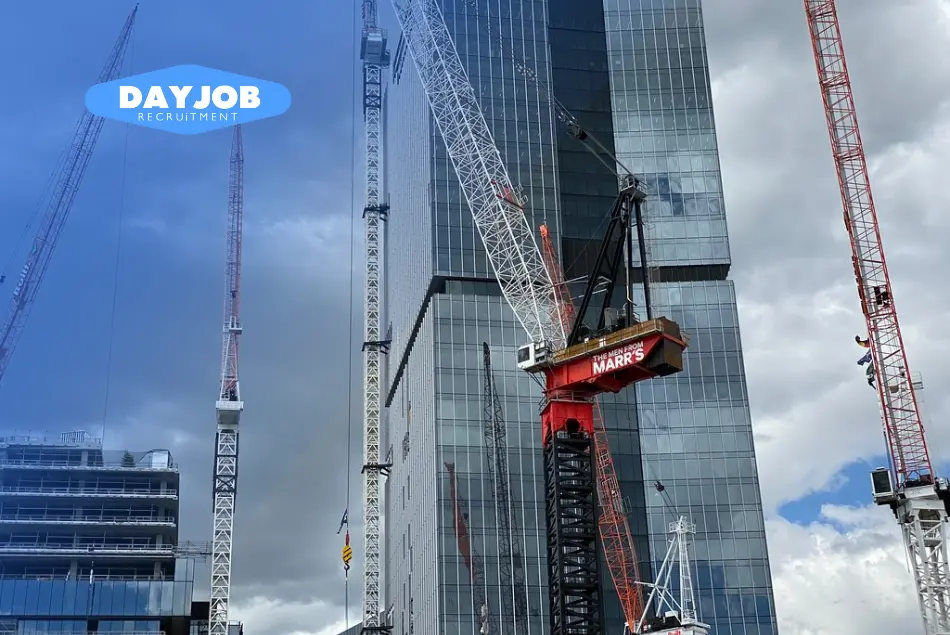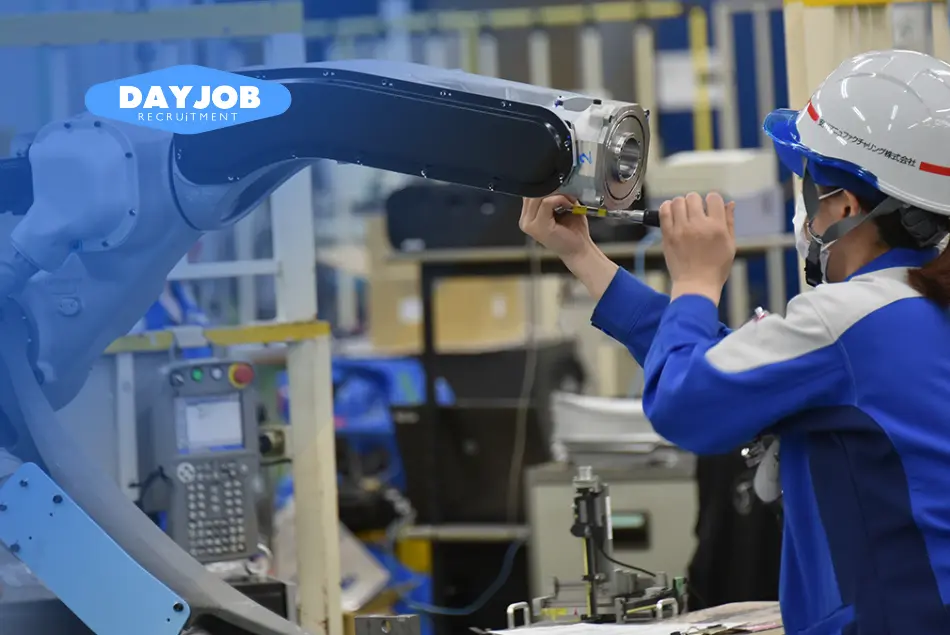Australia’s infrastructure landscape is on the brink of a significant transformation, driven by a concerted push towards sustainability and adopting innovative materials and technologies. This shift is largely influenced by policy changes aimed at renewable energy sources and achieving net-zero emissions by 2050, underlining a period of strategic reevaluation and planning within the sector.
This blog aims to inform about these advancements and their implications for Australia’s infrastructure. Notably, the push for green construction practices is gaining momentum, with major construction firms in Australia incorporating environmental and sustainable solutions into their project approaches.
Key Takeaways
- Australia is prioritizing eco-friendly construction, utilizing materials like ECOPact and GreenCem to significantly cut carbon emissions and align with net-zero goals by 2050.
- The country is exploring high-performance and self-healing concrete, supported by research facilities like the Francis Laboratory, to boost infrastructure resilience and longevity.
- Innovations such as graphene-enforced materials and embedded sensors are being integrated to strengthen structures, reduce environmental impact, and enable smart, real-time monitoring for safety and durability.
1. Low-Carbon Concrete and Cement

Image Source: aggbusiness.com
Australia’s construction industry is leading the way in embracing innovations in low-carbon concrete and cement to tackle the significant carbon footprint associated with traditional concrete production.
Application in Australian Infrastructure Projects
- Holcim Australia has launched ECOPact, a ‘low carbon’ concrete range designed to reduce embodied carbon in construction projects significantly. This innovative product allows for a reduction in carbon emissions of 30% to 60% compared to standard concrete mixes. Combining ECOPact with accredited carbon offset programs can achieve zero carbon emissions for concrete carbon.
- Cement Australia also contributes to the movement towards sustainable construction materials with its GreenCem product. GreenCem is an admixture that permits high levels of cement replacement with fly ash and/or slag—up to 80%—without compromising concrete performance. This innovation not only helps in reducing the carbon emissions associated with cement production but is also non-toxic and versatile for most applications, adhering to Australian Standards.
2. Composite Materials
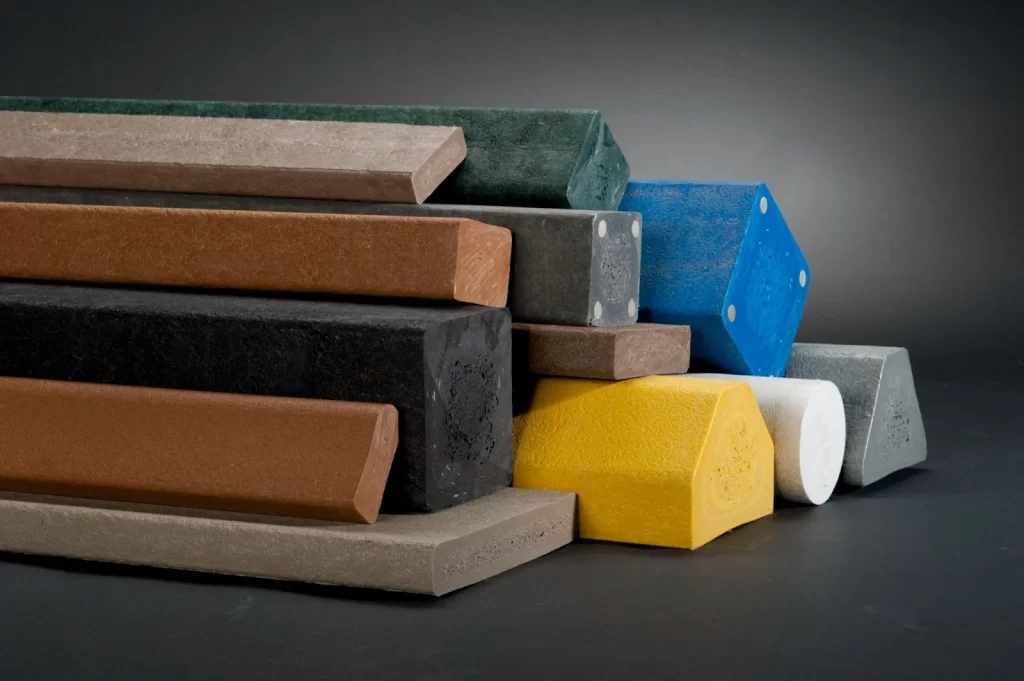
Image Source: tangentmaterials.com
Composite materials, including fibre-reinforced polymers like fibreglass, are increasingly used in Australian infrastructure for their advantages, such as strength, durability, and lightweight properties. These materials offer unique benefits like good insulation, corrosion resistance, and specific electrical properties, making them ideal for various applications, including electrical devices and anti-corrosive surface coatings.
Construction and Building Industry
Composites are used in construction because they are lightweight and have a high strength-to-weight ratio. They are employed in structural components, facades, cladding, and internal fixtures. Fibre-reinforced polymers (FRPs) are particularly popular for reinforcing concrete structures, bridges, and tunnels, providing enhanced durability and corrosion resistance compared to traditional materials.
Transport Infrastructure
In roads and bridges, composite materials such as carbon and glass-fibre-reinforced polymers are used to extend the life of existing structures through retrofitting and repair. These materials offer excellent fatigue resistance and are immune to the corrosive effects of de-icing salts and seawater, making them ideal for coastal and marine infrastructure.
Rail Industry
Composites are used in rail infrastructure because they can absorb impact forces and resist wear and tear. They are utilized in railway sleepers, overhead line equipment, and structural components of railway stations because of their durability and low maintenance requirements.
Marine and Coastal Structures
The marine environment poses significant challenges due to corrosion and biofouling. Composite materials are used in constructing jetties, pontoons, seawalls, and other marine structures for their superior resistance to these issues, helping preserve Australia’s extensive and valuable coastal infrastructure.
3. High-Performance Concrete
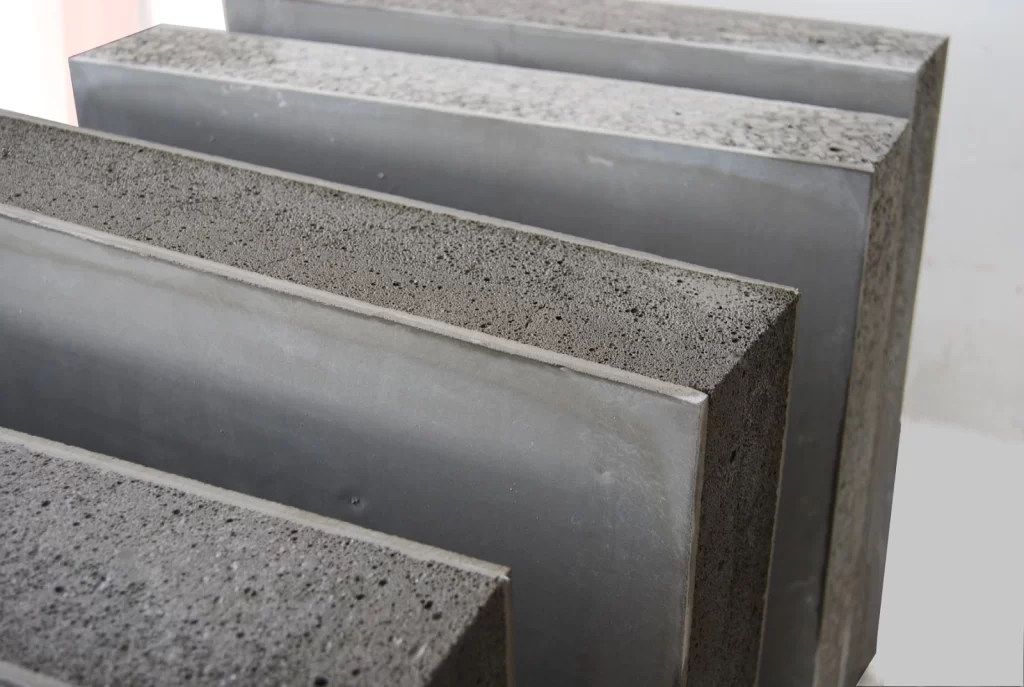
Image Source: gtecz-engineering.com
High-performance concrete (HPC) and ultra-high-performance concrete (UHPC) represent significant advances in concrete technology. They offer significantly enhanced mechanical and durability properties over traditional concrete.
Research Studies in Australia
In Australia, the adoption of these advanced concrete technologies is supported by research facilities like the Francis Laboratory at the University of Melbourne, which focuses on testing and developing advanced materials for construction, including UHPC and self-healing concrete. This laboratory’s work encompasses a broad range of tests in accordance with Australian Standards, aiming to push the boundaries of concrete technology and its application in infrastructure.
4. Self-Healing Materials
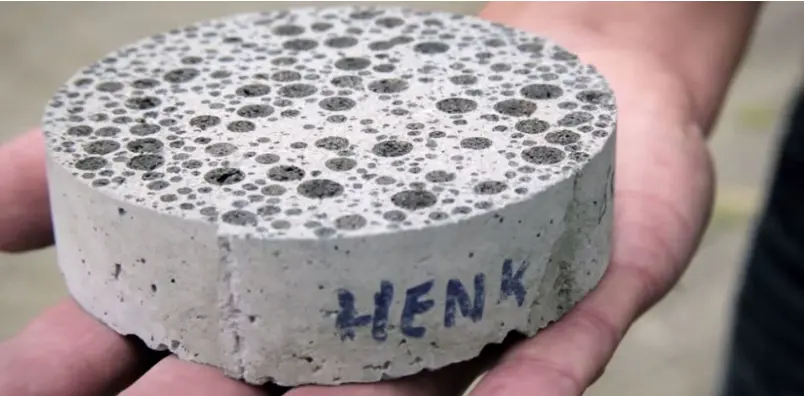
Image Source: medium.com
Self-healing materials are designed to automatically repair the damage without external intervention, extending the lifespan of infrastructure by addressing micro- and nano-level cracks. This innovative class of materials includes polymers, metals, alloys, composites, and ceramics, which can repair themselves through autonomic (self-activated) or non-autonomic (requiring external stimuli, such as heat) mechanisms.
For example, hydrogels, which are self-healing materials that rely on water to promote healing, have potential applications in biomedical fields and robotics.
Application in Australian Infrastructure Repair and Maintenance
Regarding their application in Australian infrastructure, self-healing materials could significantly address the annual costs associated with constructing and repairing concrete structures. With concrete being a primary focus for developing self-healing mechanisms, significant global research efforts have been directed towards creating special cementitious blends, utilizing bacteria for crack sealing, and developing polymeric microcapsules containing healing agents.
These innovations aim to reduce maintenance costs and enhance the sustainability and durability of infrastructure projects.
5. Energy-Generating and Responsive Materials
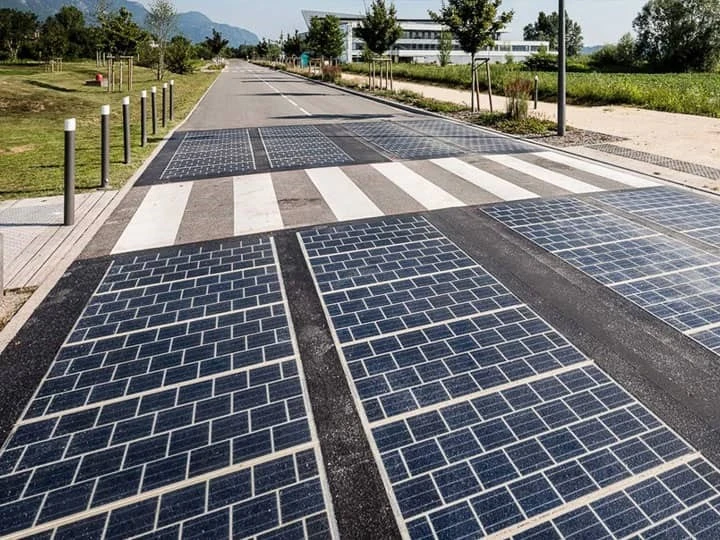
Image Source: https://theconstructor.org
Energy-generating and responsive materials, such as solar roadways, represent an innovative approach to integrating renewable energy sources directly into infrastructure. These technologies offer the dual benefits of generating clean energy and responding dynamically to environmental conditions, thereby enhancing infrastructure resilience and sustainability.
Application in Australian Infrastructure
Although direct applications in Australian infrastructure are in the early stages of development and implementation, these technologies hold significant promise for contributing to Australia’s clean energy goals and infrastructure resilience. The transition to incorporating energy-generating and responsive materials in infrastructure represents an exciting frontier in the quest for sustainable development and energy independence.
6. Embedded Sensors
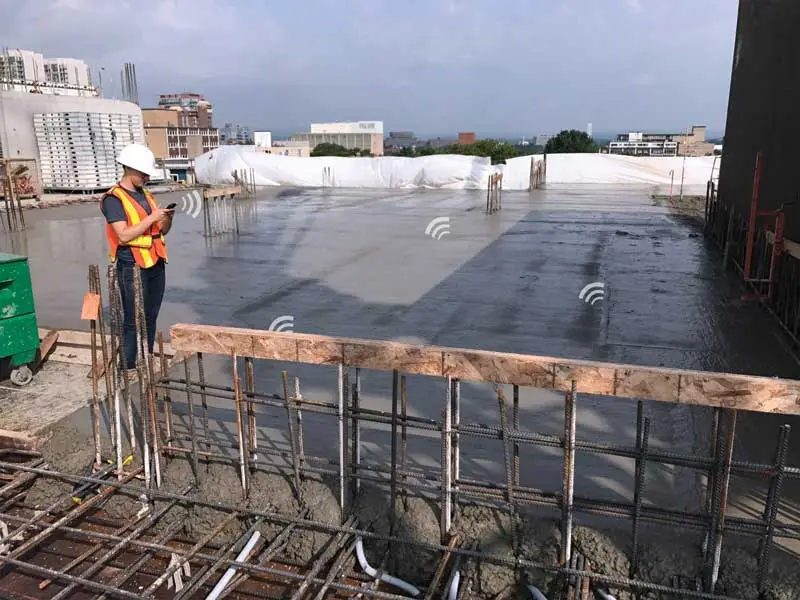
Image Source: constructioncanada.net
Embedded sensors are transforming infrastructure health monitoring and management, offering a futuristic approach to ensuring the safety and longevity of critical structures. These sensors can continuously monitor various parameters such as stresses, temperature, and movement, providing real-time data that helps assess the structural health of buildings, bridges, and other infrastructure components.
Application in Australian Infrastructure Safety and Longevity
Applying embedded sensors in global and Australian infrastructure signifies a shift towards smarter, more resilient construction practices that can lead to enhanced safety, reduced maintenance costs, and prolonged infrastructure lifespans.
For example, wireless sensors and other smart technologies are being deployed to safeguard bridges by detecting early warnings of structural failure and gathering important data for necessary structural repairs after natural events like earthquakes or hurricanes. The technology not only enhances the efficiency of traffic circulation but also minimizes risks and reduces the time required for corrective actions at both design and management levels.
7. Adaptive Materials & Technologies
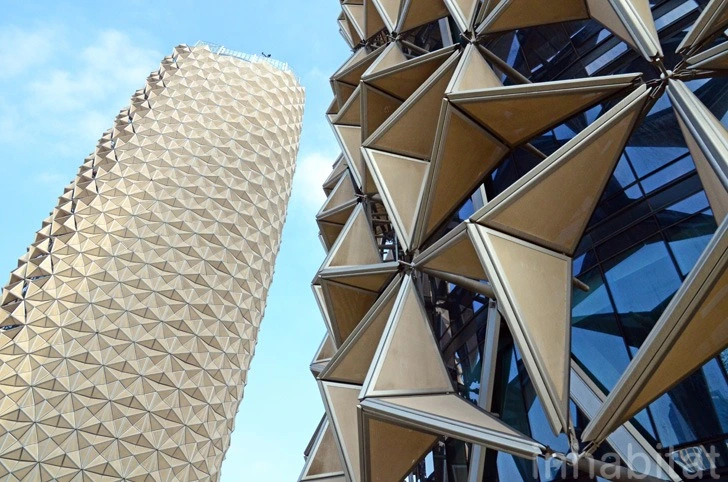
Image Source: futurly.com
Adaptive materials are revolutionizing Australian infrastructure by enabling structures to respond dynamically to environmental changes, such as temperature fluctuations and vibration. These materials, which can self-adjust for optimal performance, are integral to creating infrastructure that is not only resilient but also sustainable and efficient.
The concept of adaptive infrastructure is being explored in depth, with research focusing on developing models for new physical designs, especially for coastal zones prone to flooding. Such designs aim to combine cultural values, economic benefits, and ecological goals while enhancing urban resilience.
General Mechanism of Adaptive Materials
Adaptive materials can respond to environmental changes through various mechanisms, including:
- Shape Memory: Materials change shape in response to temperature changes or other environmental stimuli.
- Self-healing: Materials can automatically repair damage without external intervention.
- Thermo-responsive: Materials adjust their thermal conductivity or insulation properties based on temperature changes.
- Photo-responsive: Materials change their properties (like opacity or colour) in response to light intensity.
These mechanisms are enabled by the materials’ unique molecular or structural composition, allowing them to be pre-programmed to respond in a certain way under specific conditions.
Applications in Building Industry
- An example of adaptive material technology is the Spong3D facade system, which optimizes thermal performance by controlling heat transfer between the building’s interior and exterior. This system uses air cavities for thermal insulation and a movable liquid for heat storage, adapting to different environmental conditions throughout the year.
- Al Bahar Towers features a responsive facade that adjusts to sun exposure to reduce solar gain and glare, demonstrating a blend of cultural heritage and modern technology
8. Graphene-Enforced Materials
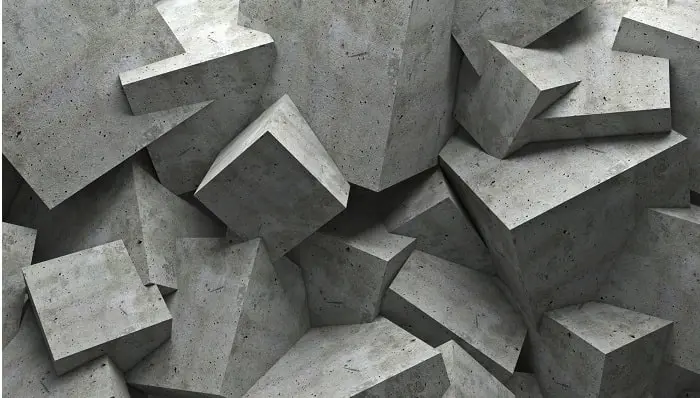
Image Source: worldconstructiontoday.com
Graphene, a revolutionary carbon-based nanomaterial, is making significant strides in the Australian infrastructure sector. With its single-atom thickness, graphene is acclaimed for its exceptional strength—being 200 times stronger than steel—and its superior conductivity of heat and electricity. These unique properties make graphene an ideal candidate for enhancing the performance of construction materials.
Research Studies for Graphene
The University of Adelaide’s ARC Graphene Research Hub has been at the forefront of research, working on incorporating graphene into various materials to leverage its outstanding properties. One notable application is cement, where adding a small amount of graphene substantially reduces CO2 emissions during production and dramatically increases the material’s strength and durability.
Application of Graphene-enforced Materials
In practical applications, First Graphene uses graphene to create concrete additives that enhance its compressive and tensile strength by up to 34% and 27%, respectively. These additives make the concrete structures stronger and less permeable and potentially extend their lifespan by reducing the corrosion rate of steel reinforcements within concrete.
9. CO2 SUICOM or CO2 Absorbed Concrete
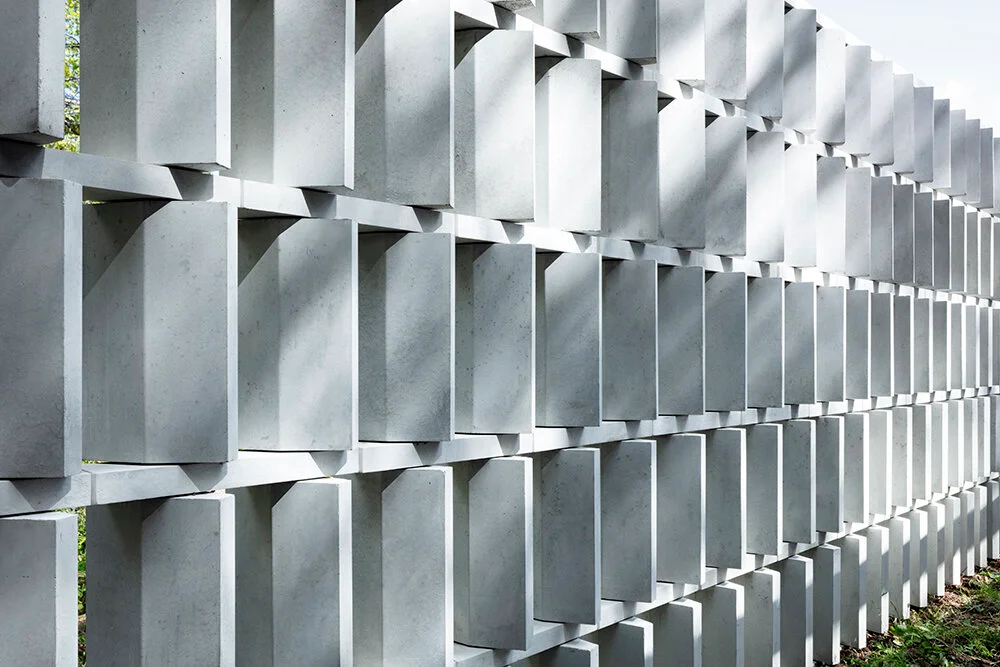
Image Source: designboom.com
CO2 SUICOM is an innovative type of concrete that actively absorbs CO2 during its curing process. This concrete uses a special admixture solidified by a calcium carbonation process, significantly reducing the amount of cement needed. The concrete is placed in a curing chamber where CO2 is infused, allowing it to absorb CO2 from various sources like steel and power plants.
This technology not only captures CO2 but also uses materials like coal ash and blast furnace slag to lower overall CO2 emissions. Remarkably, CO2 SUICOM can achieve a carbon-negative status, which means it absorbs more CO2 than it emits.
History and Discovery
CO2 SUICOM was developed collaboratively by Kajima Corporation, The Chugoku Electric Power Company, Denka Company, and Landes Corporation. Mitsubishi Corporation supports its business development and global marketing. This product emerged from the need to address environmental issues and support a transition towards a decarbonized society.
Applications and Regulations
CO2 SUICOM is primarily used in the construction industry, particularly for manufacturing precast concrete products like road and pavement blocks. These products are suitable for both public and private construction projects. The technology behind CO2 SUICOM is one of the carbon recycling technologies contributing to achieving net-zero carbon emissions, aligning with broader environmental goals by 2050.
Industry Applications
- Construction: Used for making roadblocks, pavement blocks, and other precast concrete products.
- Environmental Management: Serves as a part of carbon recycling and negative emissions strategies.
Tabular Presentation of Advanced Materials in Infrastructure
Having explored the landscape of advanced materials shaping Australia’s evolving infrastructure, we now provide a comprehensive table that delineates the practical challenges associated with these materials, outlines the regulatory hurdles affecting their standardization and implementation, and conducts a comparative analysis against their traditional counterparts.
| Material | Description | Practical Challenges | Regulatory Challenges | Comparative Analysis |
| Low-Carbon Concrete and Cement | Concrete and cement with significantly reduced carbon footprints, like ECOPact and GreenCem, aiming for lower emissions in construction projects. | High cost compared to traditional concrete.Limited availability in some regions | Need for updated standards that recognize and certify low-carbon products | Reduced carbon emissions compared to traditional concrete. Potential cost savings from carbon taxes and offsets.Comparable performance with appropriate mix designs |
| Composite Materials | Materials like fibre-reinforced polymers offering strength, durability, and lightweight properties, used in various infrastructural applications. | Cost of materials and production.Specialized installation and repair techniques | Standards for testing and use in construction vary widely.Approval processes for new composite applications can be lengthy | Superior in strength and durability but often more expensive than traditional materials.Environmental impact varies based on material composition |
| High-Performance Concrete (HPC) | Concrete that offers enhanced mechanical and durability properties over traditional concrete, including UHPC variants. | High costs.Specialized mixing and curing requirements | Compliance with Australian Standards for new concrete technologies.Acceptance in building codes | Significantly improved performance in terms of strength and longevity.Higher initial costs but reduced maintenance costs over time |
| Self-Healing Materials | Materials designed to automatically repair damage, extending infrastructure lifespan by addressing micro- and nano-level cracks. | Cost and scalability of production.Integration into existing construction practices | Lack of standardized testing methods for self-healing efficiency.Certification processes for safety and durability | Potentially lower maintenance costs compared to traditional materials.Long-term performance benefits uncertain compared to traditional methods |
| Energy-Generating and Responsive Materials | Materials that generate energy (like solar roadways) or respond to environmental conditions, enhancing infrastructure sustainability. | Integration with existing infrastructure.Durability and efficiency concerns | Establishing standards for performance and safety.Approval for public use and integration into existing codes | Offers additional benefits of energy generation and adaptive performance.Higher initial costs and ongoing maintenance could offset benefits |
| Embedded Sensors | Sensors integrated into structures for real-time monitoring of stresses, temperature, and movement, improving safety and longevity. | Complexity of installation and data management.Ensuring sensor durability and accuracy | Regulations for data privacy and security.Standards for sensor integration and performance | Enhanced safety and predictive maintenance capabilities compared to traditional monitoring.Potentially higher upfront costs but reduced long-term maintenance expenses |
| Adaptive Materials | Materials that adjust dynamically to environmental changes, improving efficiency and resilience of infrastructure. | Development and material costs.Complexity in design and implementation | Regulatory frameworks for innovative materials and designs.Ensuring long-term reliability and performance | Improved energy efficiency and resilience compared to traditional materials.Higher initial costs and potential challenges in widespread adoption |
| Graphene-Enforced Materials | Materials strengthened with graphene to enhance performance and durability used in applications like concrete additives. | Production cost and scalability of graphene.Integration with current construction practices | Standards for incorporating nanomaterials into construction materials.Health and environmental impact assessments | Superior strength and durability with potential for reduced environmental impact.Higher costs but efficiency in material use could provide long-term savings and performance benefits |
| CO2 SUICOM | CO2 SUICOM is a carbon-negative concrete that absorbs CO2 during curing, utilizing industrial by-products to reduce emissions. | Sourcing low-emission by-products and ensuring consistent CO2 absorption during manufacturing are major concerns. | Aligning with diverse global construction standards and obtaining environmental certifications are significant challenges. | CO2 SUICOM offers environmental advantages over traditional concrete, though costs and market readiness may hinder its adoption. |
Are you a job seeker looking for your next big opportunity? Click below to see how we can assist you in finding the perfect role.
Conclusion
Australia’s infrastructure is undergoing a significant transformation, marked by an increasing emphasis on sustainability, the integration of innovative materials, and the pursuit of net-zero emissions by 2050.
At Dayjob Recruitment, we understand the dynamic nature of the infrastructure and construction sectors, which are driven by advancements in materials and technologies. Our mission is to connect job seekers with the most forward-thinking companies and projects that are shaping Australia’s future infrastructure. Contact us today, and let’s explore opportunities where innovation meets talent.
Interested in how we can support your role as an employer? Click below to learn more.
FAQs
What are the main drivers behind Australia’s shift towards innovative construction materials?
Australia’s move towards innovative construction materials is primarily driven by environmental sustainability goals, particularly the nation’s commitment to achieving net-zero emissions by 2050. Additionally, the need for more durable and efficient infrastructure to meet modern demands has spurred innovation in materials technology.
How do self-healing materials work, and what potential do they hold for Australia’s infrastructure?
Self-healing materials are designed to automatically repair cracks or damages without human intervention, using embedded healing agents or inherent material properties. In Australian infrastructure, these materials could significantly reduce maintenance costs and extend the lifespan of structures, contributing to more sustainable and resilient urban development.
What role does graphene play in the future of construction materials, and how is it being produced sustainably?
With its exceptional strength and conductivity, graphene is set to revolutionize construction materials by enhancing their performance and durability. Sustainable production methods, such as those developed by the University of Adelaide’s ARC Graphene Research Hub, focus on low-energy, low-waste processes to ensure that graphene’s benefits can be realized without adverse environmental impacts.
Can energy-generating materials like solar roadways contribute significantly to Australia’s renewable energy targets?
While still in the early development stages, energy-generating materials such as solar roadways have the potential to contribute to Australia’s renewable energy targets by harnessing solar power directly from infrastructure. Their integration could play a crucial role in the country’s transition to a more sustainable energy system, enhancing infrastructure resilience and sustainability.
How does incorporating embedded sensors enhance Australia’s infrastructure’s safety and longevity?
Embedded sensors within infrastructure can continuously monitor the health of structures by tracking stresses, movements, and environmental conditions. This technology enables early detection of potential failures, improving safety and allowing for proactive maintenance, thereby enhancing the longevity of structures and reducing lifecycle costs. For Australia, this means smarter, more resilient infrastructure capable of withstanding the challenges posed by climate change and urban growth.



